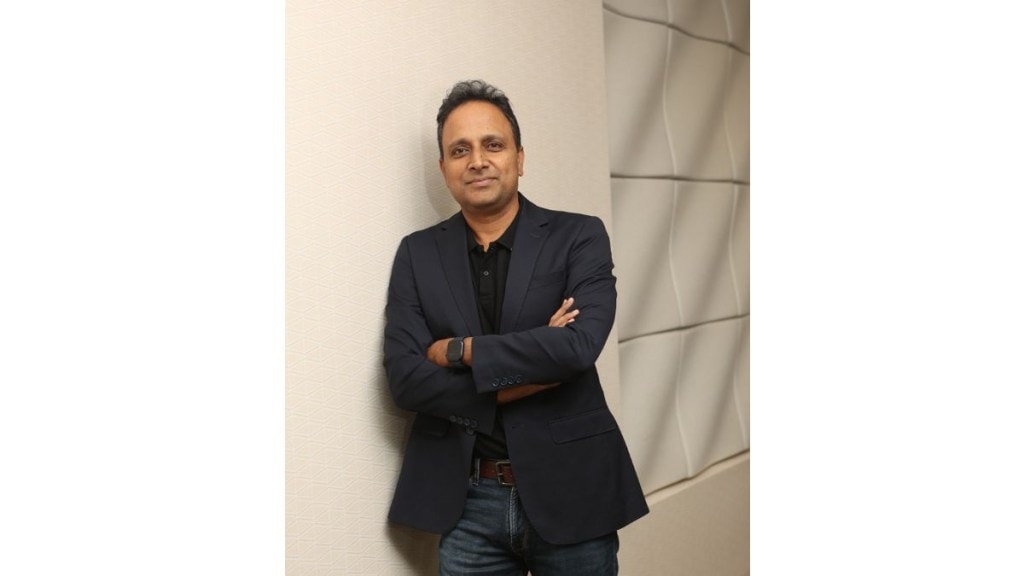Landmark Group’s Lifestyle has been on an expansion spree over the last two years, adding 33 new stores across the country, with a slew of private labels upping the ante to drive differentiation. In this interview, Devaranjan Iyer, executive director & CEO, Lifestyle India, talks to Alokananda Chakraborty about the changes brought about by technology and the trends he expects to see in the space over the next couple of years. Edited excerpts:
How is technology changing the face of retail in India? In which areas has Lifestyle seen the biggest changes?
As consumers embrace online channels, technology integrations are revolutionising the way they shop, offering convenience, choice and competitive pricing. Data analytics and AI are helping retailers analyse customer behaviour, preferences and purchase history to personalise messages, product recommendations, and promotions. For our part, we have invested in enterprise planning tech platforms, and we use the latest data analytics tools and processes to ensure that we can personalise customer engagement and maximise the effectiveness of our marketing spends. At our stores, we have enhanced our omnichannel features by offering
tech-enabled services like self-checkout, apart from enabling consumers find missing sizes digitally and click and collect.
The beauty segment in retail has grown by leaps and bounds in recent years. What has been Lifestyle’s experience here?
For the beauty segment, our strategic priorities have been to accelerate our premiumisation journey, to strengthen our skincare portfolio and uplift the overall shopping experience . This entails introducing and expanding premium beauty and skincare brands within our network, as well as collaborating with partners in creating new engagements and shopping experiences for our customers.
Lifestyle entered India in 1999 and then it took the retailer almost four years to launch a private label. What took you so long? What has been the performance of Lifestyle’s in-house brands?
The decision to launch private brands involves extensive research on consumer preferences, assessing the competitive landscape and identifying need gaps. Our decision to build our own house of brands dates back to the launch of Ginger in 2003. Over the years, we have expanded our portfolio to launch Melange, Code, Forca and Fame Forever, and a few more brands. Each of these brands cater to specific audience needs and fashion choices. We have made significant investments in driving awareness and appeal through marketing and retail presentation, including collaborations with brand ambassadors such as Deepika Padukone, Kangana Ranaut, Farhan Akhtar, Tapsee Pannu and Tiger Shroff.
These labels have delivered strong business results and today, private brands contribute almost a third of Lifestyle’s revenue.
In the last two years, 33 new stores have been launched pan-India, which is far higher than most of your direct competitors who operate in the large-format multi-brand space. What are the key considerations when you decide to expand your footprint?
Multiple factors are considered before finalising cities and locations for expansion. The population, purchasing power and fashion quotient of a city or catchment are key criteria in the evaluation. We gauge customer demand to understand if potential exists for expansion and if sustainable revenue growth is possible. We also evaluate the financial feasibility (return on capital employed, return on investments, cash pay back) and operational capability of the right location and property is established before deciding on whether to progress.
What would be the top three trends shaping retail in the country over the next two years?
The Indian retail space is expected to see a lot of action in the next two years. Many international brands are expected to make their forays into the country and existing brands are expected to expand their geographical presence. This, combined with the fact that the Indian fashion customer has easy access to global trends through social media, will push all brands to keep a close eye on the international market and ensure that they too offer their customers the latest global trends.
Both national and international brands will continue to focus on network expansion — in existing and new markets. They will also build their digital presence — through their own ecommerce sites, marketplaces as well as social commerce. There is expected to be an accelerated adoption of tools and technologies to create personalised engagement with customers and deliver integrated omnichannel shopping experiences.
